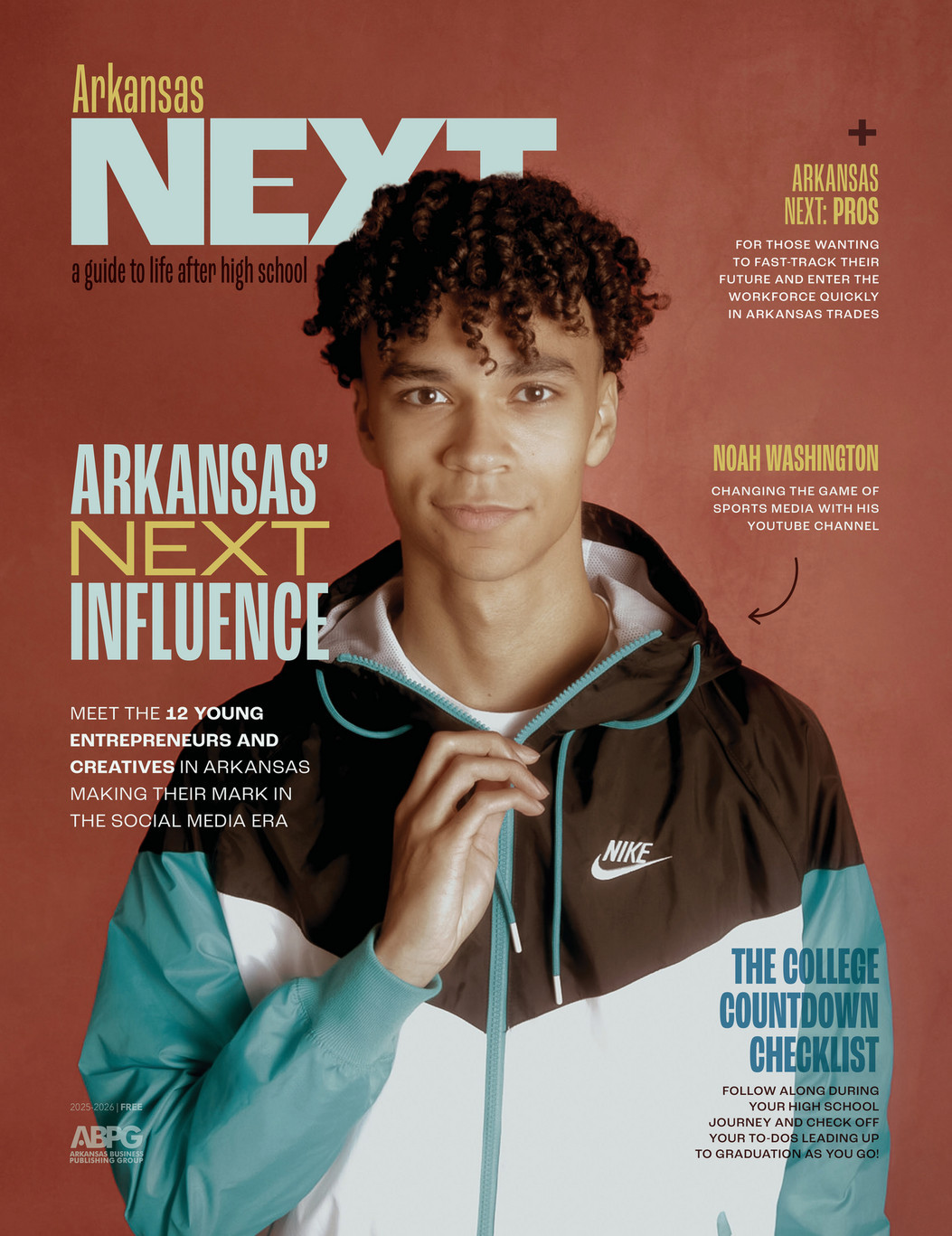Buying Your First Car
By Grant Lancaster and Lindsay Irvin on Friday, May 14, 2021

Buying your first car can seem daunting—dozens of dealerships, hundreds of makes and models, warranties and auto insurance. It pays to do your research. Fortunately, there’s plenty of information out there to help get you behind the wheel of a vehicle you like and can afford.
STEP 1: Research, research, research!
Keep your hobbies in mind, as well as the type of seating and space you might need, and don’t forget gas mileage (the cost to fuel up). Pre-owned cars tend to be cheaper, but it’s worth comparing prices to new vehicles – you might find a deal. For instance, a lightly used Tahoe will likely cost more than a brand new Kia.
There are plenty of websites that let you compare prices and even look at listings around you – Kelley Blue Book is a trusted favorite. CARFAX lets you view the history of a used vehicle so you don’t buy a lemon, and newer sites like Carvana offer comprehensive 360-degree views with detailed notes on damage. U.S. News & World Report even releases a yearly list ranking their picks for best new and used cars.
What to consider:
1. What is your budget for monthly payments and for your down payment?
2. Reliability (cars that won’t break down!)
3. Gas mileage
4. Warranties (cars with these can save you money on maintenance and repairs)
5. Cost to maintain and repair (luxury cars cost more for basic services like oil changes and repairs)
6. Resale value (when you go to upgrade, will you be able to sell it for a fair amount?)
7. Vehicle history (used cars sometimes have unseen damage, making them less reliable)
STEP 2: Time for a test drive.
After researching, you’ll head to the dealership to look at the cars you're considering. Ask questions about anything you don’t understand, whether it’s the condition of the vehicle or part of the payment process.
Dealers who are hesitant to answer questions or won’t let you thoroughly inspect a vehicle are a major red flag, says Bobby Vozzella, manager of the Business Development Center at Russell Honda in Sherwood.
Even if you’re not mechanically inclined, inspecting a car can tell you a lot about its condition, Vozzella said. Look for any water damage, check the tires, check the battery for obvious corrosion – these can all be signs that the dealership has not properly inspected a vehicle before putting it on the lot. Consider taking a guardian or someone with car knowledge with you to check it out.
Best Buys
Top 15 cars for teens and first-time car buyers to consider
1. Chevy Volt
2. Toyota RAV4
3. Subaru Outback
4. Mini Cooper
5. Mazda CX-5
6. Honda CR-V
7. Toyota Corolla
8. Mazda 3
9. Honda Accord
10. Subaru Crosstrek
11. Toyota Prius
12. Kia Sportage
13. Honda Civic
14. Chevy Equinox
15. Kia Soul
Sources: Kelley Blue Book, U.S. News & World Report: Best Cars
STEP 3: Negotiate.
Never pay sticker price. There’s always room to negotiate with the dealer. How much room? Well, that depends on the make, model, year, warranty, popularity of the vehicle and more. Circle back to your research. What did Kelley Blue Book or similar sites estimate as the value of the vehicle? Most importantly, what are you willing to spend (what is it worth to you and what can you afford)? Armed with this knowledge, it’s time to talk money.
“If you're the first to make the offer, give yourself room for the dealership to make a counteroffer,” writes Ron Montoya, senior consumer advice editor, in a story for edmunds.com. “You should know ahead of time what your opening offer is and what your highest price will be.”
STEP 4: Pay up.
When you’ve settled on a price, you’ll work with the dealer to sort out financing, or perhaps source your own. A down payment will be required either way—the average down payment was 11.7% in 2019, according to edmunds.com. You can always put down more than required to help lower your monthly payment, but don’t put your emergency savings or living expenses at risk.
For used vehicles, a three-year payment plan is fairly typical, with a five-year average for new cars. You can often choose a longer payment plan, but remember that after interest you may not save any money, even if you pay less per month. Consider how long you expect to drive the car. Used cars are more likely to suffer a major problem, and you don’t want to get stuck still paying for a car you can’t drive anymore (this is called being upside down, and it’s a very bad position to be in).
STEP 5: Get insured.
Before you seal the deal, you need insurance. In Arkansas, every driver must have liability coverage, which pays for damages when the driver is at fault. Most insurance companies offer well over the minimum amount of coverage required by the state.
If you’re lucky, you can get covered by your parents’ auto insurance while you’re a teen or young adult. If not, the cost of getting insured could nearly double because teens are trusted less, said Bob Shurgar, an agent at Farmers Insurance Group in Little Rock and a 30-year veteran in the industry.
When looking for insurance, it pays to do your homework — literally. Many companies offer insurance discounts for student drivers with good grades, sometimes as much as 15-20%.
“That’s an indication that they do what’s right,” Shurgar said.
Several factors can affect the cost of coverage: Fast cars are considered more risky; imported cars cost more to repair; and some vehicles are more likely to be stolen. It can also cost more to insure certain drivers. For example, young male drivers tend to cost more to insure because they tend to drive more and tend to cause more property damage when they do wreck, Shurgar said.
STEP 6: Take a breath.
These steps can be intimidating, but if you take them one at a time, you will have a car you are happy with and can reasonably afford and you will have useful financial skills about budgeting, loans and insurance that will build toward future purchases.
Your Next Big Purchase

A car is likely to be your first big purchase, but it won’t be your last, nor your biggest. One day soon, you’ll be considering student loans or even owning a home. All of these things require the same financial skills (and good credit) you used to buy your first car.
$31,682
Average student loan debt in Arkansas.
Source: Business Insider
34
Average age of first-time home buyers in the U.S.
Source: Zillow 2019
$215,000
Median price of homes purchased by first-time home buyers in the U.S. in 2019.
Source: National Association of Realtors.
Equity
Buying a home is more than just finding a place to live. It’s an investment. In most cases, your home will appreciate (become more and more valuable) each year you own it. Equity is the amount of money you have paid toward the purchase of the home (the down payment and mortgage payments), plus any appreciation, but minus the amount you still owe the bank you borrowed from.
» Check out Building a Credit Score (Without Going Into Debt!) to learn more about building and maintaining credit and what you can do with it.














